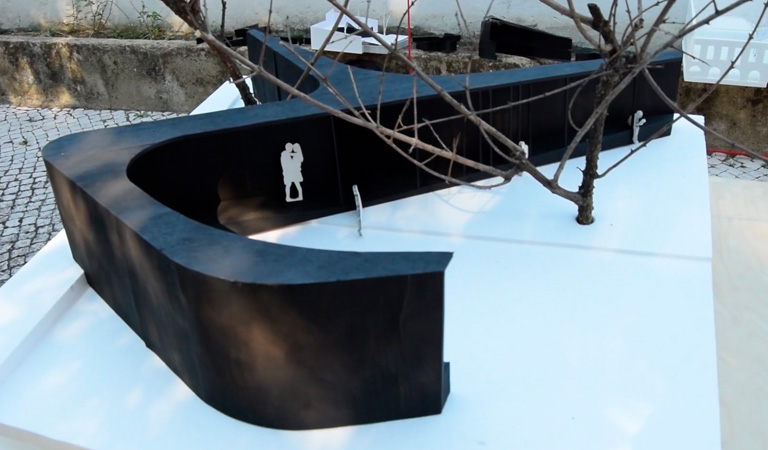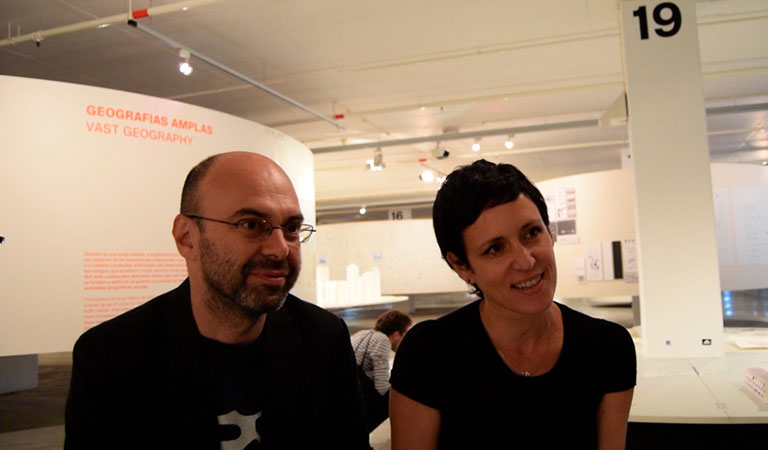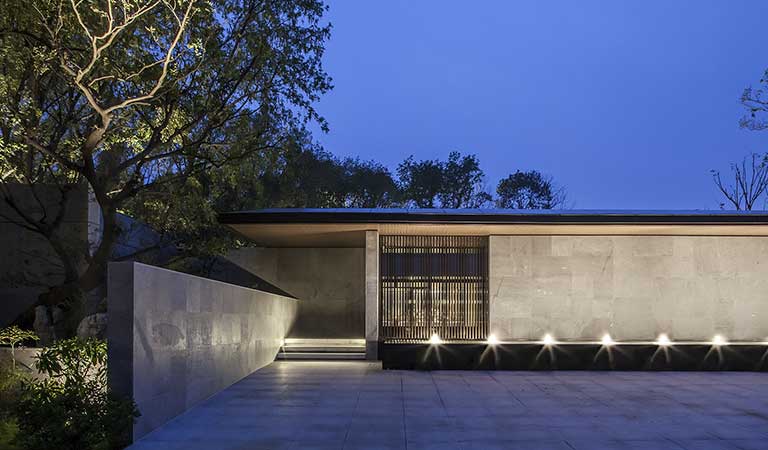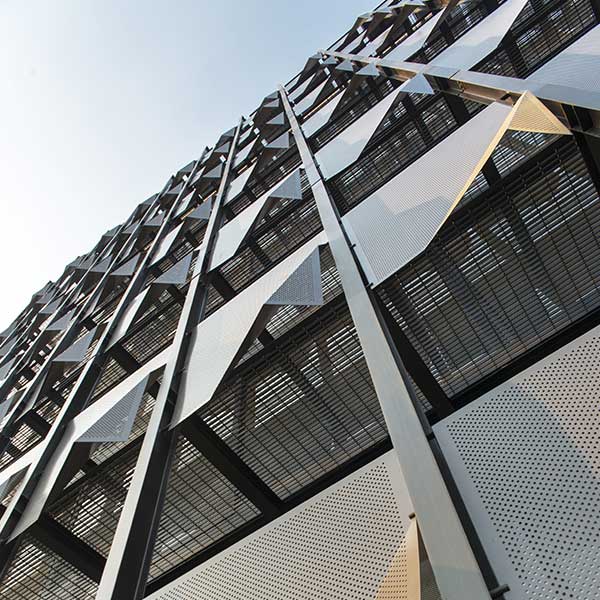Within the Lisbon Architecture Triennale, the exhibit “Building Site - architecture under construction" reveals the constant relation between the design of the forms and their execution and to what extent this bilateral and constantly changing influence proves itself essential for a broad understanding of the practise of Architecture.
We spoke with André Tavares, the main curator of the Triennial and of this exhibition designed by the SAMI-architects office, to help us frame what we can find at the Calouste Gulbenkian Foundation.
No âmbito da Trienal de Arquitectura de Lisboa, a exposição “Obra - arquitetura em construção”, revela-nos a relação constante entre o desenho das formas e a sua execução e em que medida esta influência bi-lateral e em constante transformação, se revela essencial para uma compreensão alargada do exercício da Arquitetura.
Conversámos com André Tavares, curador principal da Trienal e desta exposição desenhada pelo gabinete SAMI-arquitectos, para um enquadramento daquilo que podemos encontrar na Fundação Calouste Gulbenkian.
— Chief Curator André Tavares —
The Building Site exhibition - architecture under construction - I hope it’s able to show how architecture is not inconsequent and how each design decision brings in a set of results, which are not only the constructed form, but are mainly the process to arrive there.
There is much talk today about the participation of social architecture, the social impact of architecture through forms, housing, how the inhabitants relate to the city, but for any architect it’s evident the colossal importance that has the act of building, that is - just look at the statistics - a very significant part of our economy in Portugal and most european countries.
A exposição da Obra - arquitetura em construção - espero que seja capaz de mostrar como a arquitetura não é inconsequente e como cada decisão de projeto traz consigo um conjunto de resultados, que não são apenas a forma construída, mas são sobretudo o processo para chegar a essa forma construída.
Fala-se muito hoje da participação da arquitetura social, do impacto social da arquitetura através das formas, da habitação, da maneira como os habitantes se relacionam com a cidade, mas para qualquer arquiteto é evidente a importância colossal que tem o acto de construir, que ocupa - basta ver as estatísticas - uma percentagem muito significativa da nossa economia em Portugal e na maior parte dos países europeus, e não só.
In other words, architecture has a decisive political role and the organization of the building site, the way the yard and the work are organized, has a consequence in the ways of working, in the social organization of work and, finally, in the organization of society.
Now on the other hand, this organization of the building work also has a very big impact on architecture, that is, I draw in a certain way because there are conventions, there are practices that lead me to draw in a certain way. And the forms that we discussed so much in the EDP (the Form of Form) exhibition come from options with a certain constructive knowledge.
Ou seja a arquitetura tem um papel político determinante e a organização do estaleiro, a maneira como se organiza o estaleiro e a obra, tem uma consequência nos modos de trabalho, na organização social do trabalho e digamos na organização da sociedade, finalmente.
Agora por outro lado, essa organização do trabalho também tem um impacto muito grande na arquitetura, ou seja, eu desenho de determinada maneira porque há convenções, há práticas que me conduzem a desenhar de determinada maneira. E as formas que tanto discutimos na exposição da EDP resultam de opções com um determinado saber construtivo.
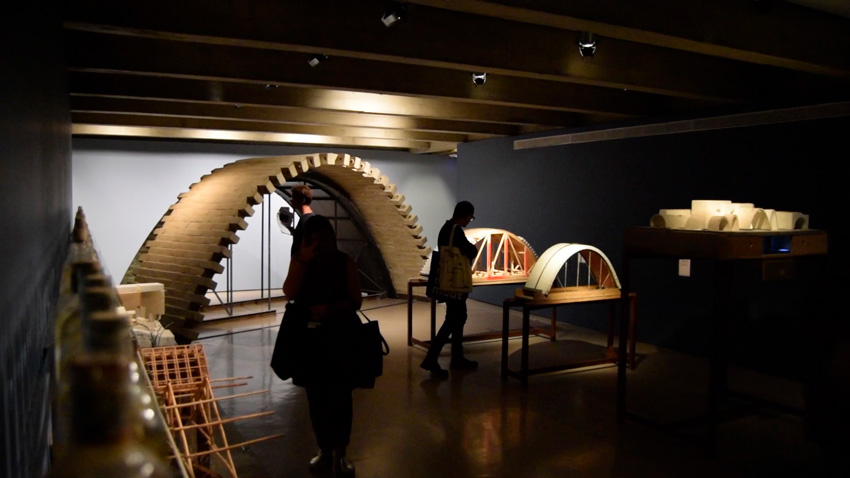
Building site Exhibition
We can say... It’s not the architect who says the yard will be like this, it’s not the yard that says architecture will be like this, but it’s a bilateral relationship in which to draw in a certain way leads to build in a certain way and to build that way results in a certain way of thinking about the project. There is very intense two-way communication.
Digamos que… Não é o arquiteto que diz o estaleiro vai ser assim, não é o estaleiro que diz a arquitetura vai ser assim, mas é uma relação bilateral em que desenhar de uma determinada maneira conduz a construir de uma determinada maneira e construir dessa maneira devolve uma certa maneira de pensar o projeto. Há uma comunicação em dois sentidos muito intensa.

Building site Exhibition
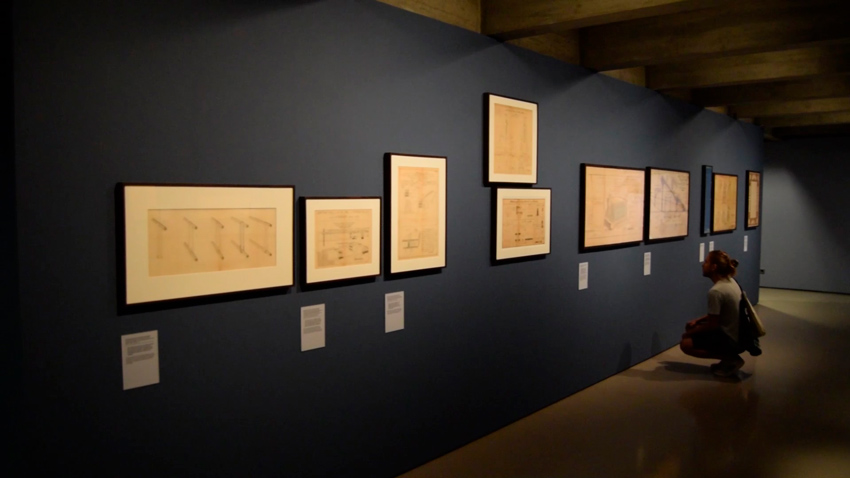
Building site Exhibition
And the exercise in architecture brings with it this double sense, and is something that is often not visible. When we see the constructed work, all this great activity and intensity of yard work disappears. You plaster and paint it and everything looks ethereal and white, red if painted red, yellow if painted yellow.
But as so, it’s possible to do an archeology of the building and with this archeology to better understand how architecture is, how architecture is done, and how architecture is organized.
E o exercício na arquitetura traz consigo esse sentido duplo, e é uma coisa que muitas vezes não é visível. Quando vemos a obra construída, digamos toda essa grande actividade e intensidade do trabalho de estaleiro desaparece. Faz-se um reboco, pinta-se e tudo parece etéreo e branco no limite, vermelho se pintar de vermelho, amarelo se pintar de amarelo.
Portanto é possível fazer uma arqueologia da construção e com essa arqueologia entender melhor como é que é a arquitetura, como é que se faz a arquitetura, e como é que ela use organiza.
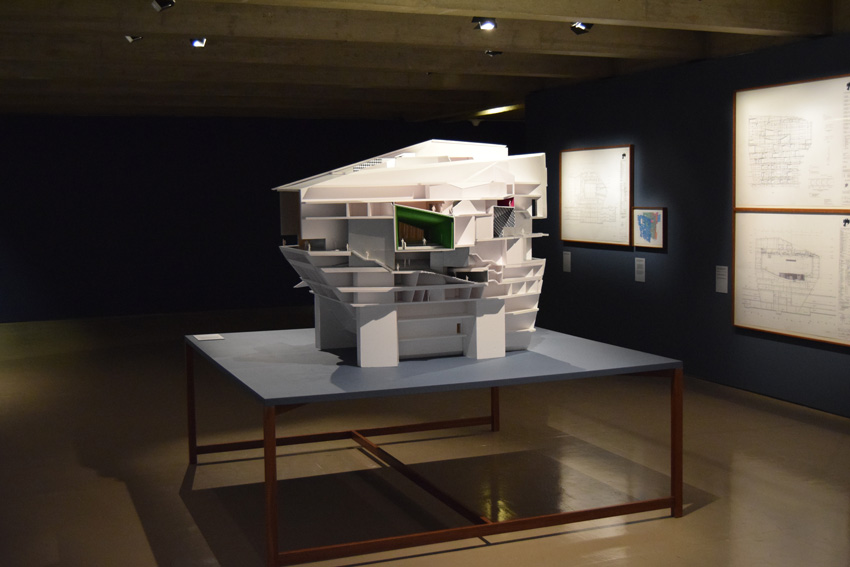
Building site Exhibition

